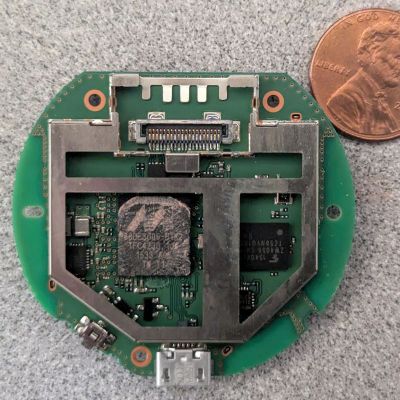Let’s face it—seeing a good tool go to waste is heartbreaking. So when his cordless drill’s motor gave up after some unfortunate exposure to the elements, [Chaz] wasn’t about to bin it. Instead, he embarked on a brave journey to breathe new life into the machine by swapping its dying brushed motor for a sleek brushless upgrade.
Things got real as [Chaz] dismantled the drill, comparing its guts to a salvaged portable bandsaw motor. What looked like an easy swap soon became a true hacker’s challenge: incompatible gear systems, dodgy windings, and warped laminations. Not discouraged by that, he dreamed up a hybrid solution: 3D-printing a custom adapter to make the brushless motor fit snugly into the existing housing.
The trickiest part was designing a speed control mechanism for the brushless motor—an impressively solved puzzle. After some serious elbow grease and ingenuity, the franken-drill emerged better than ever. We’ve seen some brushless hacks before, and this is worth adding to the list. A great tool hack and successful way to save an old beloved drill. Go ahead and check out the video below!


















